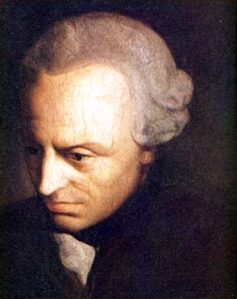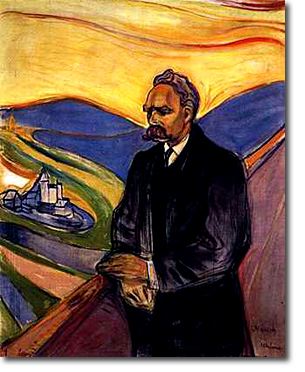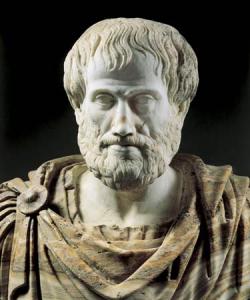Table of Contents
PART I: Critical Thinking Primer:
This part of the book is a primer for critical thinking skills that you can practice and develop further in Part II: Analysing Philosophical Texts (see below). If you find the texts and exercises in Part II difficult, don’t forget to revisit these posts. They will repay close study many times over!
Post 0: Thinking – it hurts!
Post 1: What is an argument?
Post 2: Hidden premises
Post 3: More about claims & premises
Post 3.1: Assessing arguments
Post 4: Two kinds of argument
Post 5: Validity & Inference
Post 5.1: More on validity
Post 6: Syllogisms
Post 7: Resisting persuasion
Post 7.1: Resisting statistics
Post 7.2: Resisting obscurantism
Post 7.3: Resisting scientism
Post 7.4: Resisting analogies
Post 7.5: Resisting denial
Post 8: Welcome to the solar system
PART II: Analysing Philosophical Texts
This part of the book is for practicing and developing the critical thinking skills you learned in Part I: Critical Thinking Primer (see above). In Part II, you can find a selection of texts that are widely used in undergraduate philosophy programs. However, it is not important whether your course studies these particular texts or not. The texts have been chosen because each presents a different kind of challenge to the critical thinker. By the time we have covered all ten texts, you will have a rounded ability to see problems from various angles. This should equip you with the skills to tackle any text in your course with confidence.
Post 9: Preparing to read
Post 9.1: On meaning and understanding
Post 10: Descartes’ ‘Meditations’
Post 11: Thomas Paine’s ‘The Age of Reason’
Post 12: Aristotle’s ‘Nicomachean Ethics’
Post 13: Friedrich Nietzsche’s ‘The Challenge of Every Great Philosophy’
Post 14: Niccolo Machiavelli’s ‘Of the Civic Principality’
Post 15: Immanuel Kant’s ‘Fundamental Principles of the Metaphysic of Morals’
Post 16: John Locke’s ‘An Essay Concerning the Human Understanding’
Post 17: George Berkeley’s ‘Principles of Human Knowledge’
Post 18: John Stuart Mill’s ‘Utilitarianism’
Post 19: Plato’s ‘Republic’
Post 20: What the texts teach us about critical thinking










